From the Indonesian War of Independence to the religious conflicts that occurred at the end of the last century, Ambon has witnessed countless battles and sacrifices. Yet the people of Ambon have put the war behind them to build a common home worthy of the title “City of Peace ”.

The world peace gong in Ambon.
A glimpse of history
Portuguese explorers landed on Ambon Island in the Maluku Islands in 1512. Legend has it that the name “Ambon” comes from the local word “ombong”, meaning “morning mist” – due to the island being foggy all year round. The Europeans established Ambon City as a trading hub for the entire region. Historically, Ambon has been the scene of many battles, the most famous being the battle between the Allies and the Japanese in 1942.
After the fall of the Suharto dictatorship and the 1997 Asian financial crisis, civil war broke out in the Maluku Islands between Catholic and Muslim communities. The war ended in 2002, after a ceasefire was reached. After years of suspicion, Ambon’s different ethnic and religious communities finally found unity and Ambon became a peaceful city. UNESCO recognized Ambon as a “Creative City” in 2019 for its musical culture.
Ambon is not a very big or crowded city, tourists can choose angkot (colorfully painted minivans) that specialize in transporting on fixed routes. Tourists can call an angkot like calling a taxi.
The journey to explore Ambon begins at the monument of national heroine Martha Christina Tiahahu. Christina Tiahahu joined the resistance movement against Dutch colonialism and was captured. She went on a hunger strike to protest colonial rule and died while imprisoned on a boat at the age of 17. After Indonesia gained independence in 1946, Christina Tiahahu was honored as a national hero and has an annual holiday (January 2) in her memory. The monument to the heroine is located in Ambon overlooking the Banda Sea where she died. Every January 2, people from all over the island come to lay wreaths at the foot of Christina Tiahahu's monument.
Not far from this monument is the Ambon Martyrs' Cemetery. Here lie the remains of more than 1,900 Dutch, Australian and American soldiers who died in a fierce battle with the Japanese in 1942, including 300 Allied prisoners of war who were massacred by the Japanese in one day. The cemetery and the martyrs' memorial were built on the site of a former Japanese prisoner of war camp. Every year in late January and early February, many descendants of the Dutch, Australian and American martyrs come to the cemetery to pay their respects to their ancestors.
Visitors to Ambon should visit the World Peace Gong. The Indonesian government cast this large gong in 2002 to demonstrate their commitment to world peace. After being rung for the first time on December 31, 2002, the gong traveled around the world. The gong eventually returned to Indonesia and is now on display on the island of Bali. The Indonesian government has cast many other replicas to give to other cities around the world, including Ambon.
Fort Amsterdam is not far from the center of Ambon. After many years of abandonment, the Indonesian Ministry of Education and Culture converted Fort Amsterdam into a historical monument in 1991. It is now a popular tourist destination thanks to its collection of history and daily life in colonial Indonesia. The beautiful view of the sea is also a highlight.
The Masjid An-Nur Batu Merah in Ambon is among the oldest surviving mosques in Southeast Asia. It was inaugurated in 1575 and has undergone several renovations, most recently in 1988, and is notable for its blue roof. The blue also permeates the interior, and together with the frescoes and tiles with ancient Islamic motifs, it creates a sense of grandeur and solemnity.
When it comes to Ambon music, visitors cannot miss Sahu Reka-Reka dance performances. This traditional dance form in Maluku has many similarities with Thai bamboo dance. Each Sahu Reka-Reka dance on the flute and tifa drum is like a competition between dancers. They compete to see who can stay alive at the end without missing a beat while the rhythm gets faster and faster. It is this characteristic that helps Sahu Reka-Reka dance attract many foreign tourists even when the two sides are separated by language barriers.
The sea calls
The beaches in Ambon still retain their wild charm. Namalatu Beach, 15km from the city centre, is a popular spot for families to picnic. The good water quality and coral reefs in Namalatu also attract many visitors who love to scuba dive. Sometimes visitors can see dolphins swimming in Namalatu.
Liang Beach, locally known as Hunimua Beach, is world-famous for its white sand and ancient trees that stretch out to the shore. The United Nations Development Program once recognized Liang Beach as the most beautiful place in Indonesia. After a long day of walking on Liang Beach, stay overnight in the village of the same name for a fun homestay.
Source



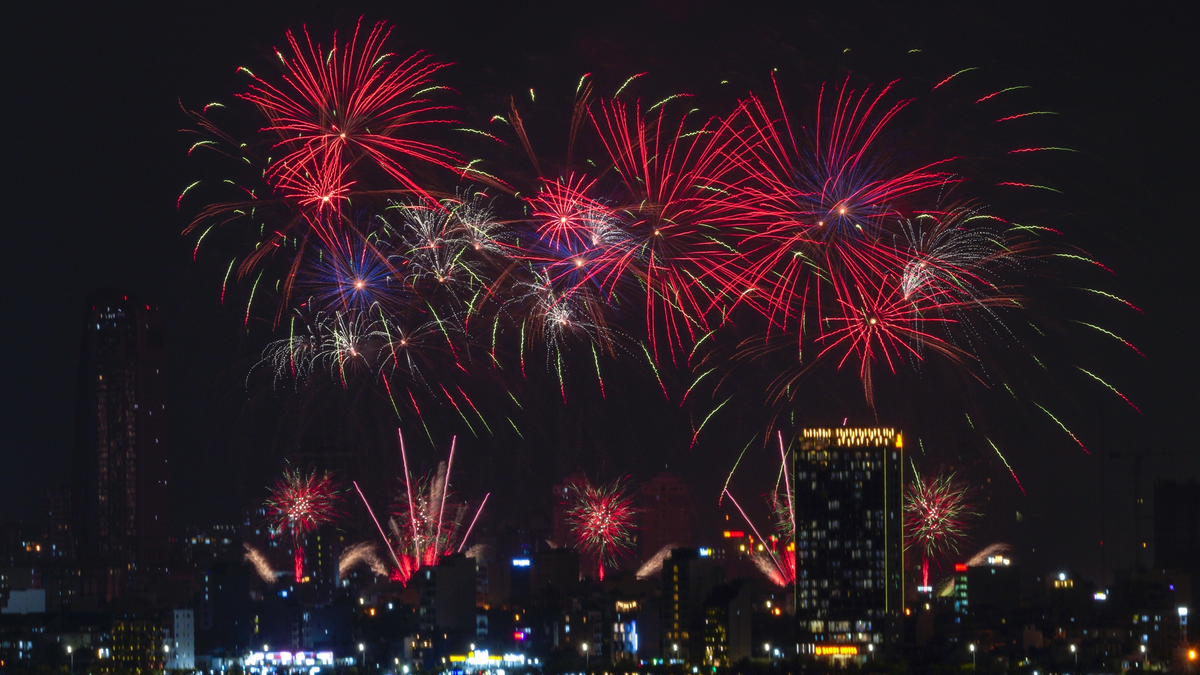

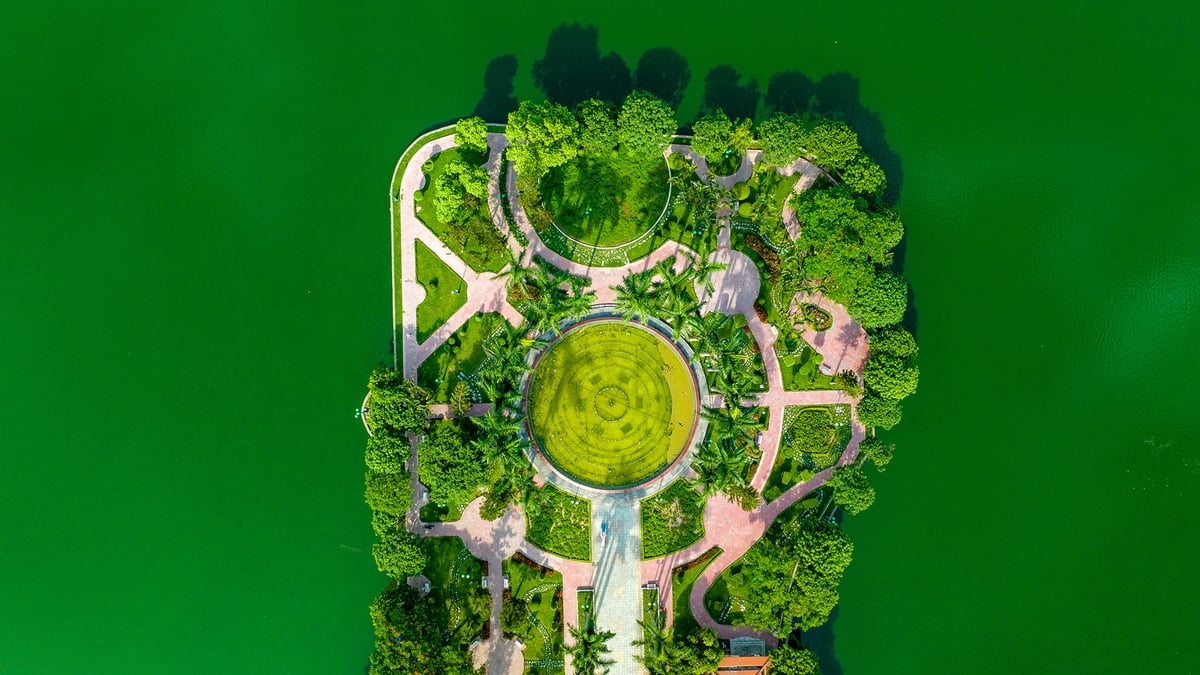














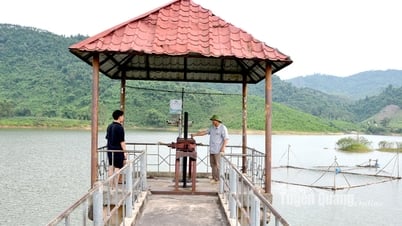


































![[Maritime News] Wan Hai Lines invests $150 million to buy 48,000 containers](https://vphoto.vietnam.vn/thumb/402x226/vietnam/resource/IMAGE/2025/6/20/c945a62aff624b4bb5c25e67e9bcc1cb)














![[Infographic] Party Committee of the Ministry of Culture, Sports and Tourism: Marks of the 2020 - 2025 term](https://vphoto.vietnam.vn/thumb/402x226/vietnam/resource/IMAGE/2025/6/22/058c9f95a9a54fcab13153cddc34435e)










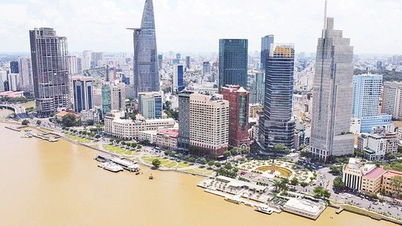










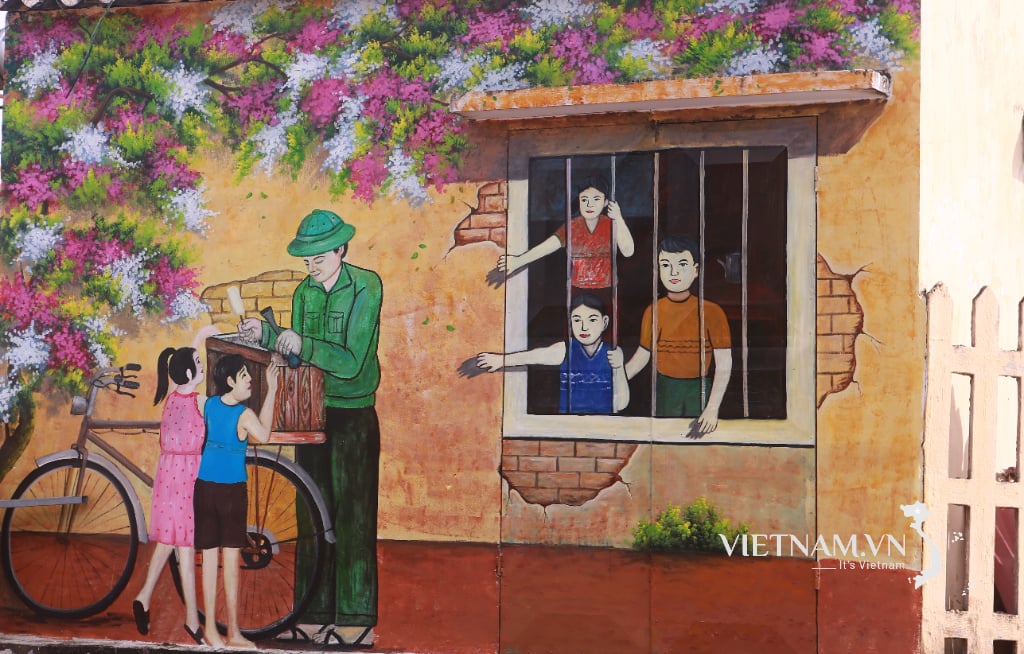


Comment (0)